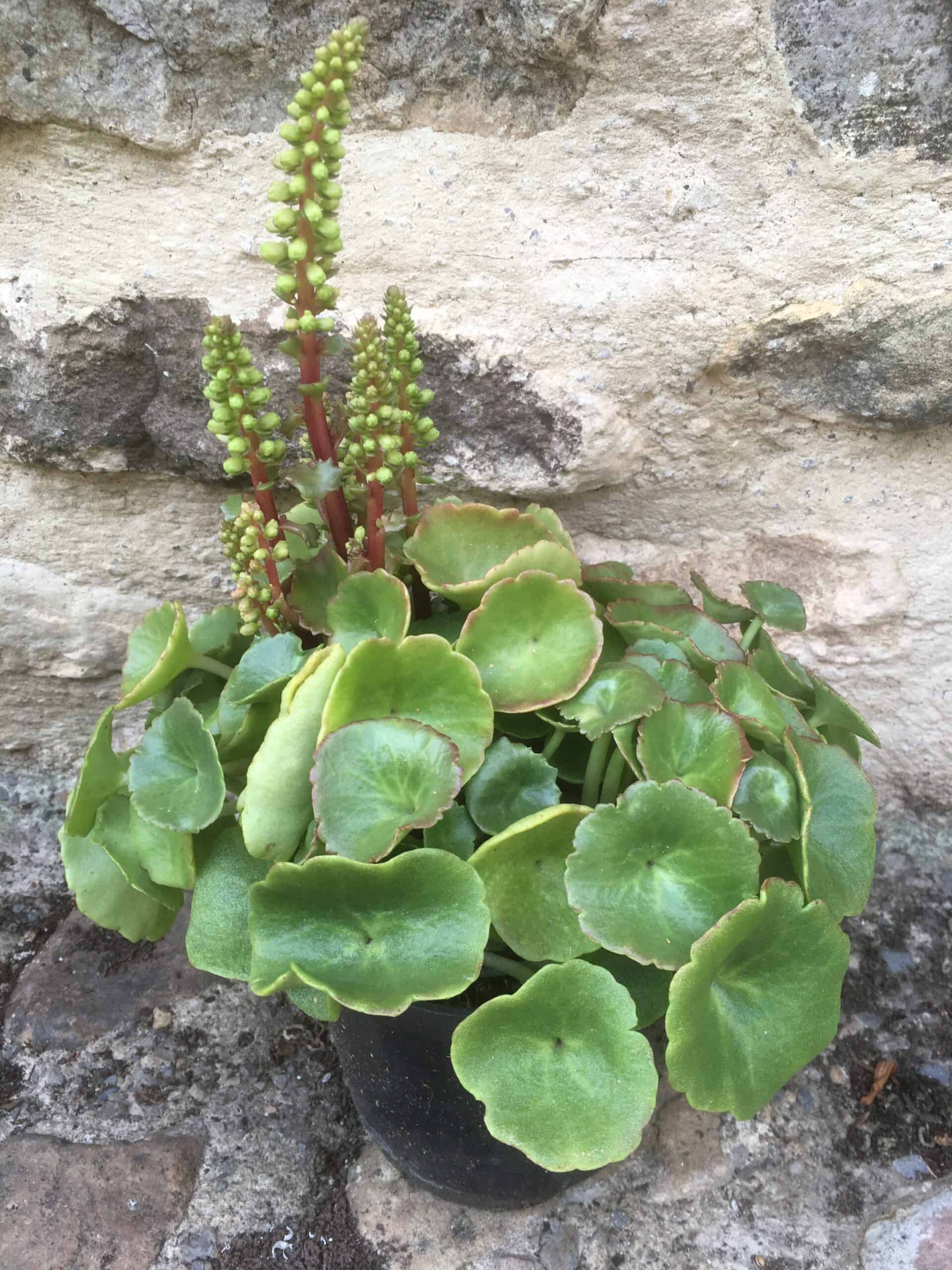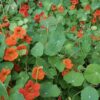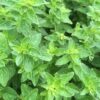Navelwort (Umbilicus rupestris)
Flowers: May to August. Height: Up to 25cm (10in)
So named after the dimple in the middle of each leaf which was thought to resemble a navel or tummy button. Also called Pennywort, possibly referring to the larger copper coins from an earlier time, and also Wall Pennywort due to its abundance on walls and stony hedge banks. It is speculated that Nicolas Culpeper also knew it by the name Kidneywort.
Medicinal: Traditionally the leaves were heated and used as a poultice for wounds, to stay the blood and to heal them quickly. Nicolas Culpeper’s Complete Herbal (1653) also claimed: “the juice or the distilled water being drank, is very effectual for all inflammations and unnatural heats, to cool a fainting hot stomach, a hot liver, or the bowels: the herb, juice, or distilled water thereof, outwardly applied, heals pimples, St. Anthony’s fire*, and other outward heats.” The said juice or water was thought to help to heal sore kidneys, “torn or fretted by the stone”. Being used as a bath, or made into an ointment, it cooled painful hæmorrhoids, gout, sciatica, ‘kibes’ (chilblains) and “helps the kernels or knots in the neck or throat, called the King’s evil*”
* St Anthony’s fire – an acute inflammatory condition involving the skin
* Kjing’s evil – glandular swellings
Culinary: The mild-tasting leaves picked in winter or early spring were eaten raw in salads.



